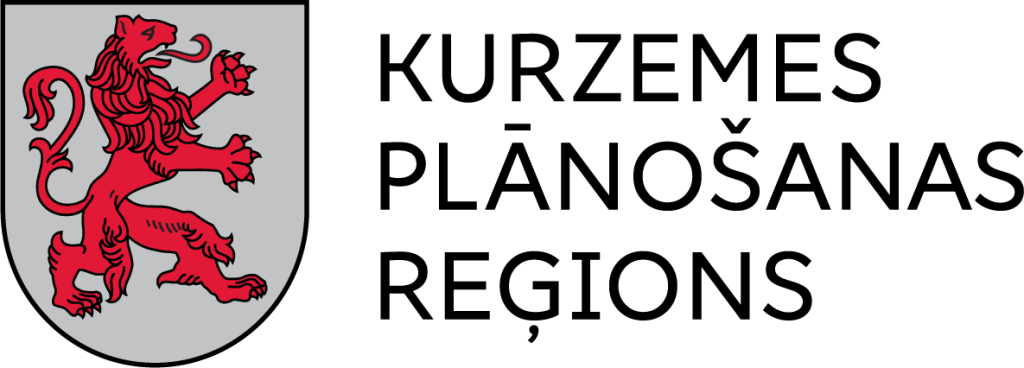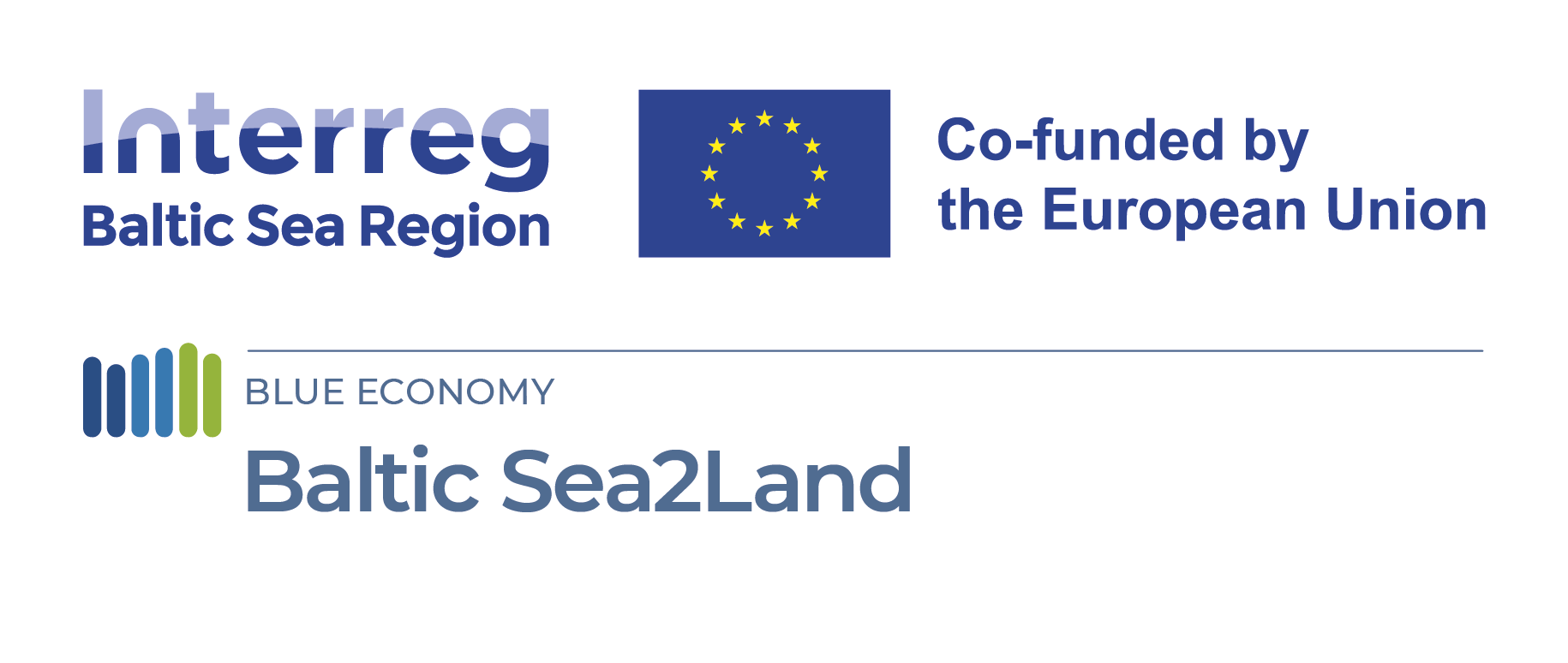
Latvia boasts almost a 500 km long coastline that hosts many valuable and unique habitats and species, and simultaneously serves as a hub for economic activities and development, as well as home to coastal communities that make up a significant part of the Latvian population. Clearly, the multifaced role of the coast makes the task of managing the diverse and complex areas challenging.

Author: Ligita Kokaine
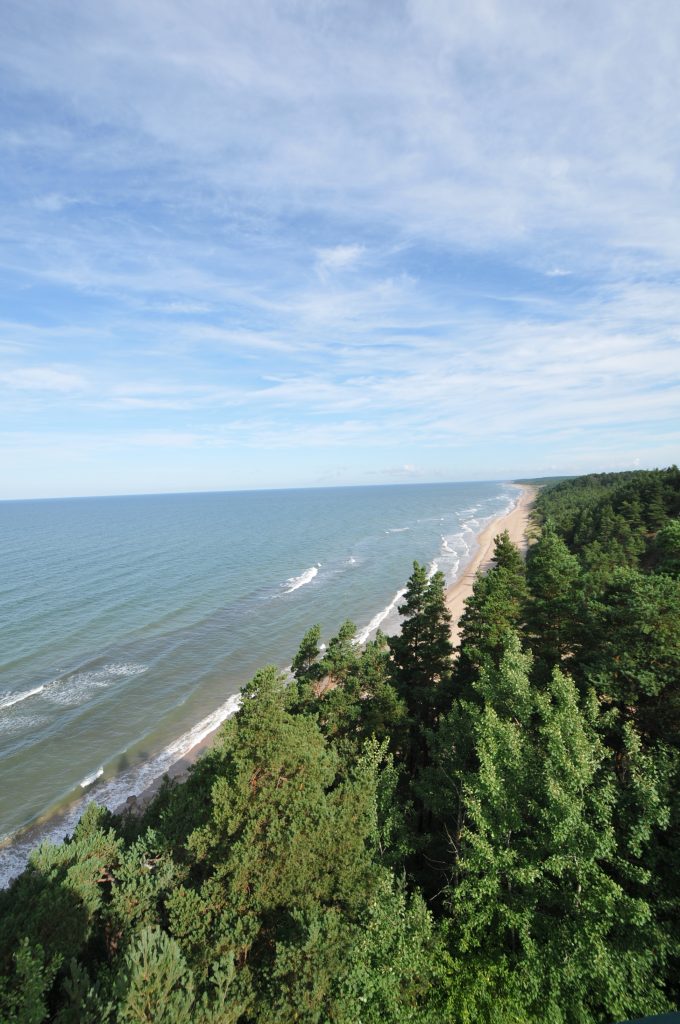
Author: Ligita Kokaine
Coastal management involves a multitude of stakeholders from various institutions and levels, resulting in a complex and time-consuming planning process. Achieving a harmonious balance between land and sea further complicates the task. Meeting the objectives calls for a planning approach that considers the interests of all groups involved, utilizing both human and natural resources in a sustainable and balanced manner.
Within the Baltic Sea2Land project, Latvian pilot cases—both at the national and regional levels—focus on the planning and management of the coast. The primary goal of these pilots is to enhance the current methods of Latvian coastal spatial planning and governance. This involves promoting integrated planning for coastal territories, facilitating local economic development, supporting diverse businesses, and establishing a service infrastructure network that aligns with the preservation of the fragile coastal ecosystem.
National pilot case – evaluating the National Coastal plan
Led by the Ministry of Environmental Protection and Regional Development of Latvia, the national pilot project is centred around the National Coastal Plan. Similar to the other pilots within the project, Latvia’s national pilot aims to test the Sea2Land Navigator tool that is being developed by the project. This tool is designed to assist planners and decision-makers in fostering a sustainable blue economy in the Baltic Sea Region by facilitating viable coastal development and the sustainable utilization of natural and human capital.
In this specific case, the tool will be employed to support the preparation of an interim assessment report of the Latvian National long-term thematic plan for public infrastructure development in coastal area. The report is made to identify if and what aspects of the plan should be changed, enriched, or updated. Through realising such an assessment as project piloting activity of national significance, the process is expected to become more integrated.
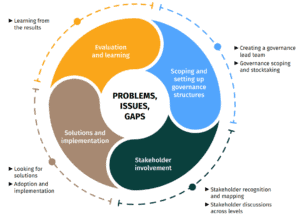
The pillars of the Multi-Level Governance (MLG) scheme, outlined in Deliverable 1.1, have provided new topics to be considered for the assessment of the National Coastal plan. Moreover, it continues to provide methods to approbate for existing practice, particularly through the working procedures of the Maritime and Coastal Spatial Planning Coordination Group. This expansion includes setting additional techniques for organizing stakeholder engagement meetings and seeking more comprehensive and targeted solutions.
Additionally, it is important to highlight that the Latvian national pilot case evaluates how the Sea2Land Navigator can guide existing planning documents throughout the process, not solely when establishing a new framework for a developing document.
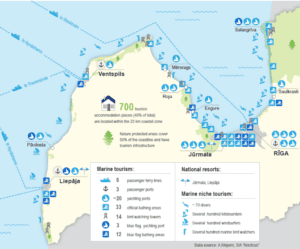 While the piloting phase is just commencing, the Latvian team has already undertaken substantial preparatory work. This includes reviewing existing and historical documents, as well as engaging in numerous stakeholder activities to initiate the problem-scoping process. Namely, the joint Maritime and Coastal Spatial Planning Coordination Group has been used as a platform towards discussing relevant coastal challenges outside the scope of exclusively the theme of sustainable coastal tourism – as to be considered for the reassessment of the National Coastal plan.
While the piloting phase is just commencing, the Latvian team has already undertaken substantial preparatory work. This includes reviewing existing and historical documents, as well as engaging in numerous stakeholder activities to initiate the problem-scoping process. Namely, the joint Maritime and Coastal Spatial Planning Coordination Group has been used as a platform towards discussing relevant coastal challenges outside the scope of exclusively the theme of sustainable coastal tourism – as to be considered for the reassessment of the National Coastal plan.
For example, a meeting on 24th of August 2023 was set to discuss coastal challenges and processes in general terms, setting an introduction for the interlinkages of the changing coastal environment within the interplay of tourism and climate change. In the week surrounded by the Christmas spirit, on 19th of December 2023 a working group was organised focused on coastal tourism flows and its further development. In continuation of the thematic coastal problem-scoping, on 24th of January 2024 participants discussed specifics of coastal mobility.
Regional pilot case – developing the Coastal Thematic Plan of Kurzeme region
Led by the Kurzeme Planning Region, the regional pilot case focuses on the development of a Coastal Thematic Plan for the Kurzeme region. Recognized as a valuable and resource-rich area, the coastal region plays a vital role in fostering diverse and integrated development within the region. However, it is also becoming a space where conflicts emerge due to the diverse and sometimes conflicting interests of stakeholders. Many of these issues extend beyond the scope of individual municipalities and industries, therefore complex and comprehensive solutions are needed.
Within the framework of developing the Kurzeme Region Coastal Thematic Plan, an extensive study of the area will be conducted. The main aim of the study is to obtain essential information that is needed in order to sustainably manage and develop the Kurzeme coast and to ensure integrated multi-level coastal planning on a regional level.
With the help of data and information provided by the Sea2Land Navigator tool, the regional pilot will delve into various issues such as resource availability, potential, and capacity. It will also analyse current development processes and other key aspects vital for ensuring a sustainable future for the Kurzeme coast.
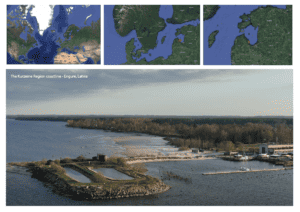
To engage stakeholders and gather valuable insights, the Kurzeme Planning Region has already conducted several stakeholder meetings. These sessions served to inform participants about the Coastal Thematic Plan and provided a platform for discussing issues relevant to them. These discussions contribute to shaping the focus of the document, ensuring that it addresses the concerns and priorities of the various stakeholders involved.
All this work is hoped to navigate the Latvian coastal governance apparatus for future development of thoughtfully designed planning documents which brings together land-sea interactions of the Latvian sea coast both from maritime and coastal perspective, but also positioning itself within the whole Baltic Sea Region planning space.
The information has been republished from the Interreg Baltic Sea Region Programme website: https://interreg-baltic.eu/project-posts/towards-improved-coastal-management-the-case-studies-in-latvia-within-the-baltic-sea2land-multi-level-governance-setting/
More about the project:
From January 1, 2023, to December 31, 2025, the Kurzeme Planning Region is implementing the project “Promoting Integrated Management on the Coastline, Sustainable Use of Natural and Social Capital” (acronym – Baltic Sea2Land). The aim of the project is to balance the Blue Economy sectors (such as tourism, energy, fisheries), nature conservation, and the interests of local communities, thereby promoting integrated and inclusive coastal management, including spatial data management and harmonization for various governance levels and interest groups in the Baltic Sea region.
Within the framework of the project, attracting experts from various fields, the Thematic Plan of the Kurzeme Coast will be developed, which will identify the challenges of coastal development and seek solutions to existing user conflicts.
 Project is financed with the contribution of the Interreg Baltic Sea Region.
Project is financed with the contribution of the Interreg Baltic Sea Region.
Project Webpage: https://interreg-baltic.eu/project/balticsea2land/
Information prepared by:
Ligita Kokaine
Project Manager
e-mail: ligita.kokaine@kurzemesregions.lv
phone: + 371 26586604
